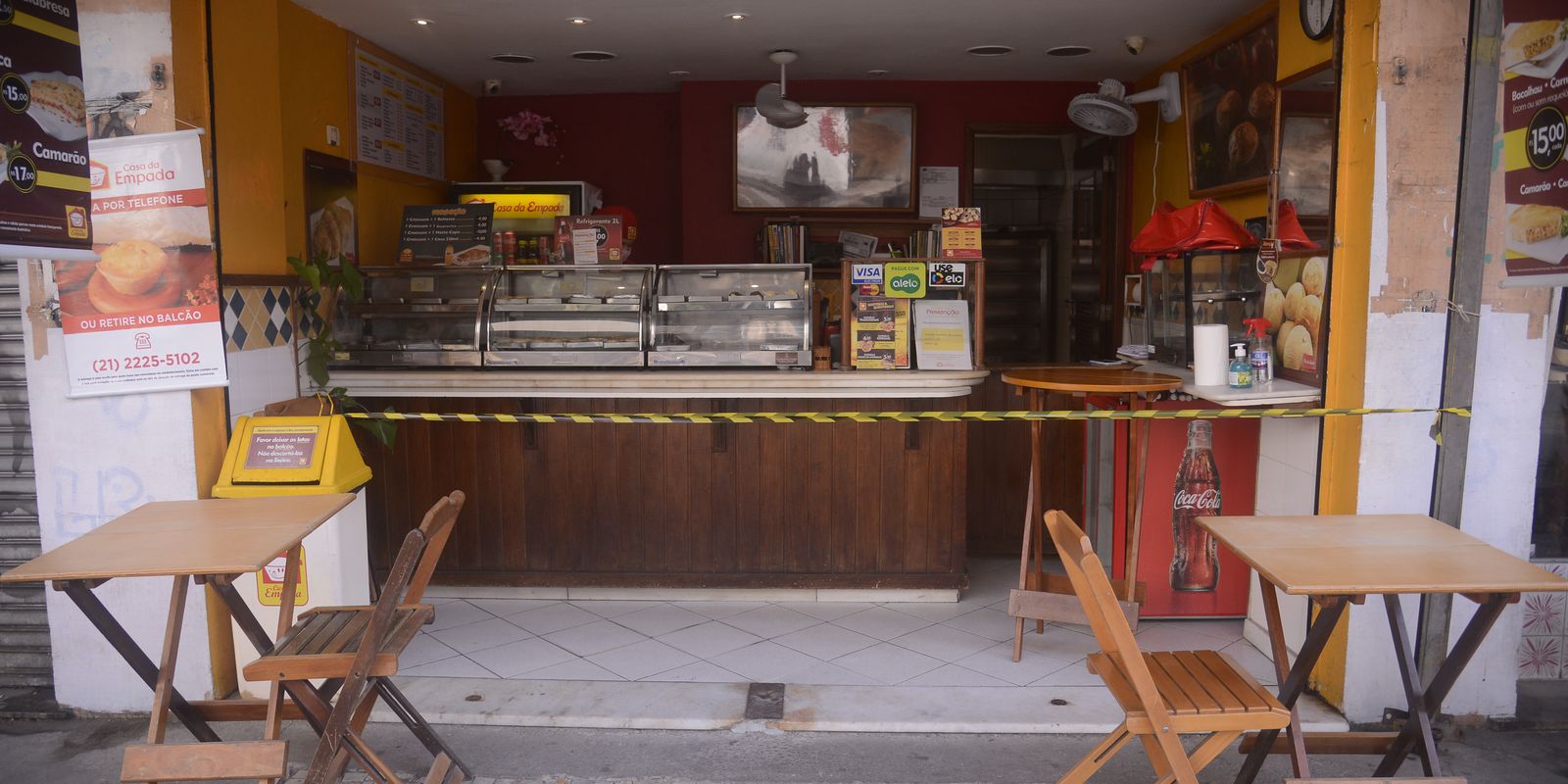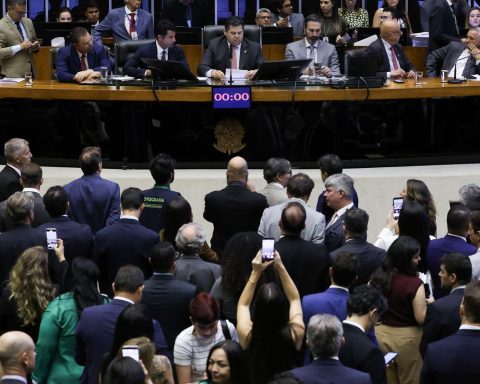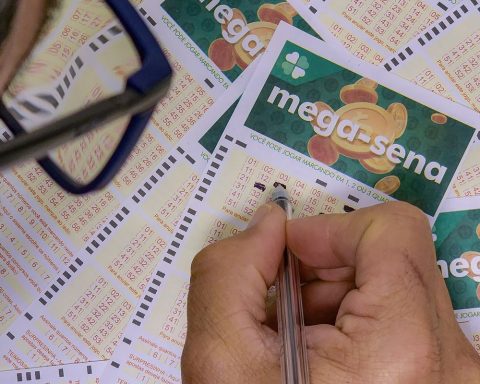Benefiting from the improvement in trade, the confidence of micro and small business owners remained stable in February. Last month, the Micro and Small Enterprises Confidence Index (IC-MPE) increased 0.4 point in relation to January, remaining around 90 points, after having dropped 5.1 points.
In the subdivision by sectors, trade confidence increased 3.9 points, fell 1.4 points in services and fell 2.6 points in manufacturing industry. The IC-MPE is prepared by Fundação Getulio Vargas (FGV) in partnership with the Brazilian Support Service for Micro and Small Enterprises (Sebrae).
The confidence index measures the current assessment of the economy. The Expectation Index for Micro and Small Enterprises (IE-MPE) rose 1.8 points to 93.3 points. In January, the indicator had lost 6 points.
The main factor behind the increase in the expectation indicator was the improvement in the outlook for demand for the next three months, which rose 1.2 points in February, after having dropped 9 points in January. For the next six months, the demand growth outlook was stable, rising 0.4 point.
According to Sebrae, the data indicate a slight improvement in trade expectations in the very short term. For the coming months, micro and small entrepreneurs remain uncertain, caused by the international crisis, the evolution of the covid-19 pandemic, cost pressures and the electoral calendar.
Credit
The credit indicator, which measures the requirements for granting or renewing bank loans, closed February at 96.7 points, 5.1 points below that recorded in February 2020, before the covid-19 pandemic. The lower the indicator, the greater the requirement of financial institutions for small businesses.
Among the segments, the service sector has more difficulties in obtaining credit, with the indicator 17.8 points lower than in the pre-pandemic period. In second place comes commerce, with an indicator about 9 points below that of February 2020. Only the manufacturing industry shows growth and has fewer requirements for granting and renewing credit, with the indicator 6.2 points higher than before the pandemic.
















